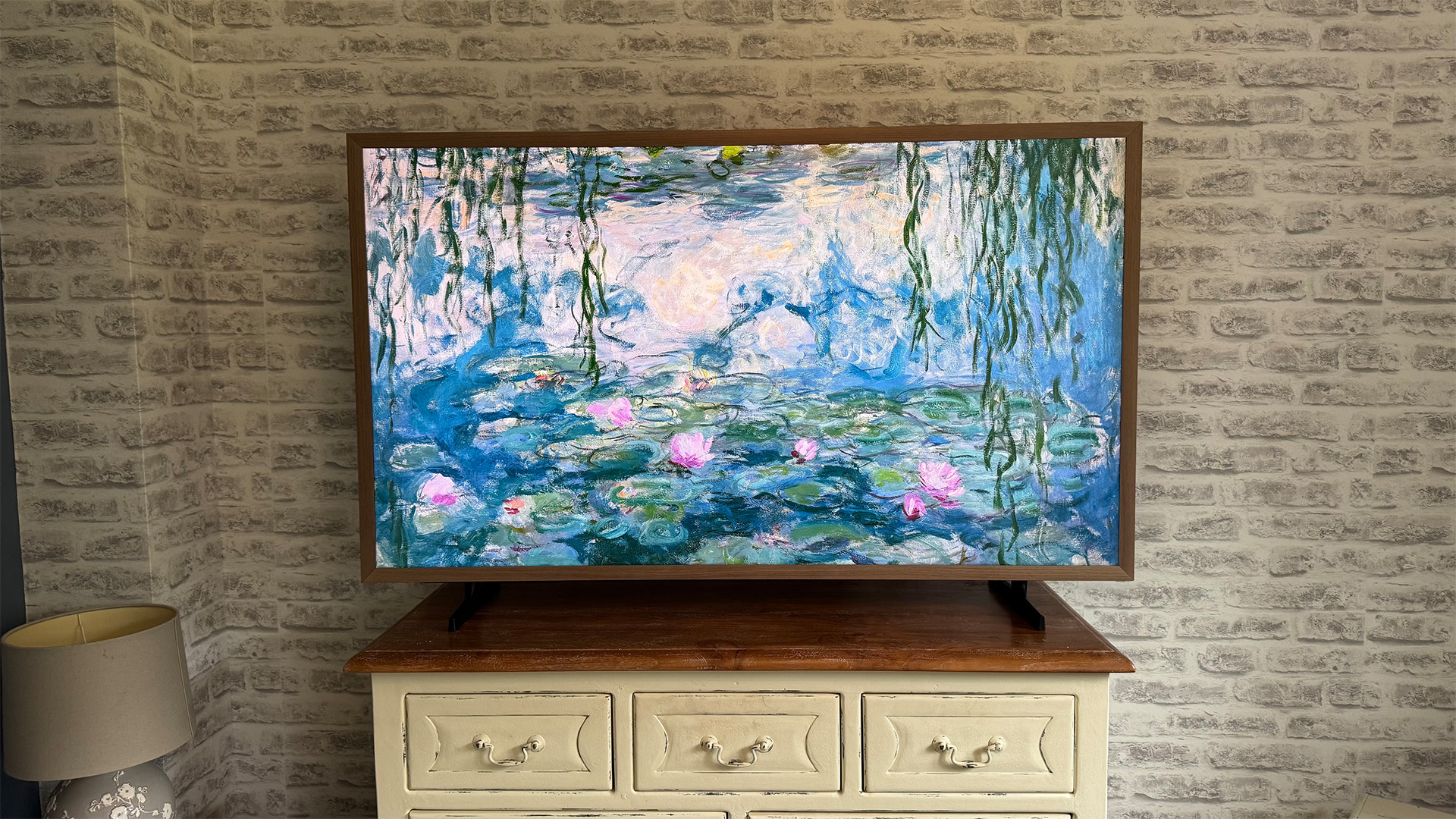Sony 2025 TV lineup: everything you need to know
New models aplenty
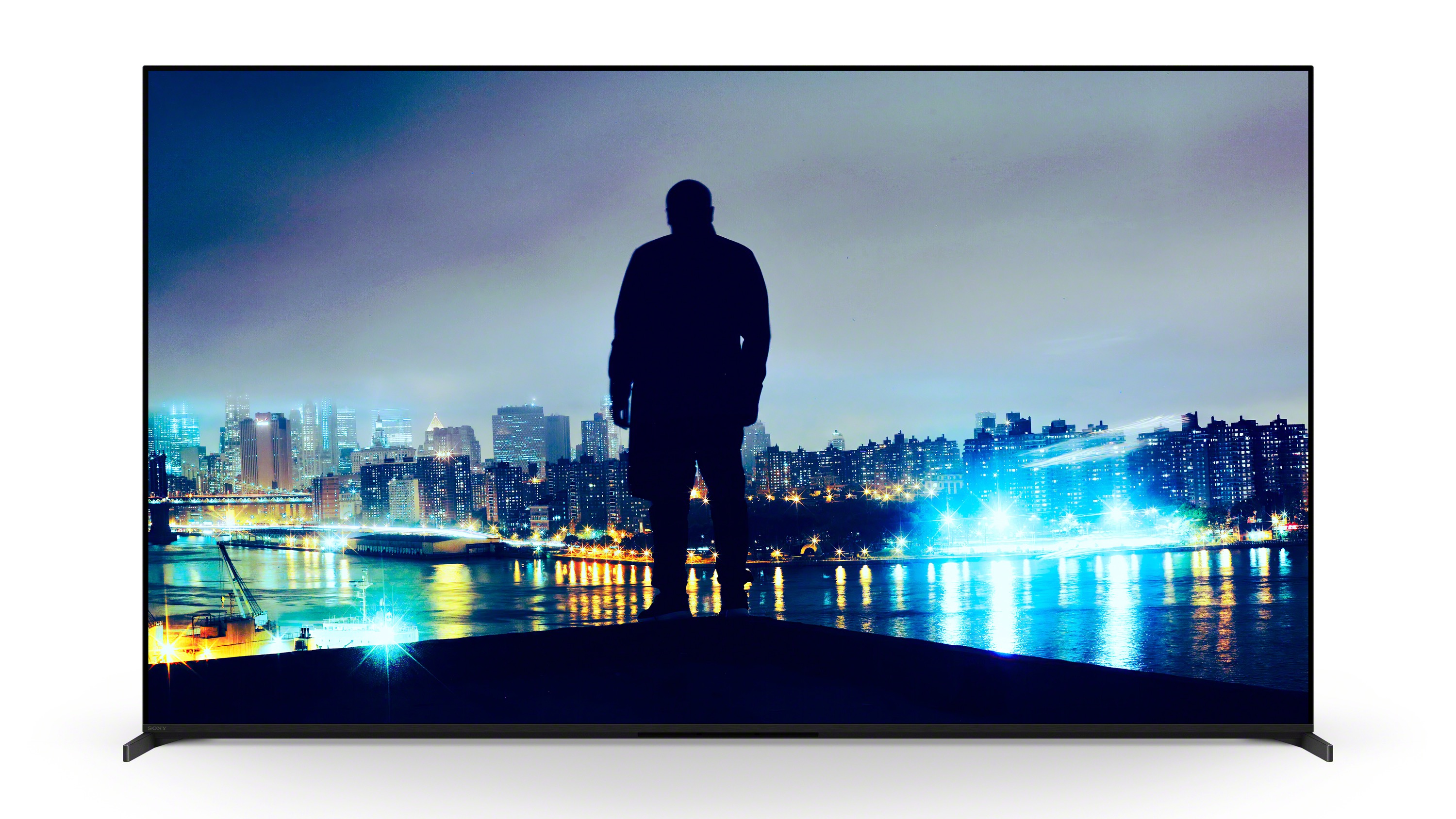
Sony has announced its 2025 TV range. And like all good Hollywood blockbusters, there's a surprising twist…
Sony is keeping its existing 2024 range on sale. That's right, instead of wiping the slate clean and replacing each model, Sony is using its 2025 offerings primarily to fill in the gaps in its existing range.
Its three new TVs – the Bravia 3, Bravia 5 and Bravia 8 II – will complement its existing TVs (which we have included below).
So if you want a new Sony TV, what are your options? We'll explain all…
Recent updates
10th April 2025
Added US pricing for new models. 3rd April 2025
Added UK pricing for the new models in the TV range breakdown
What's new?
Existing models stay on sale
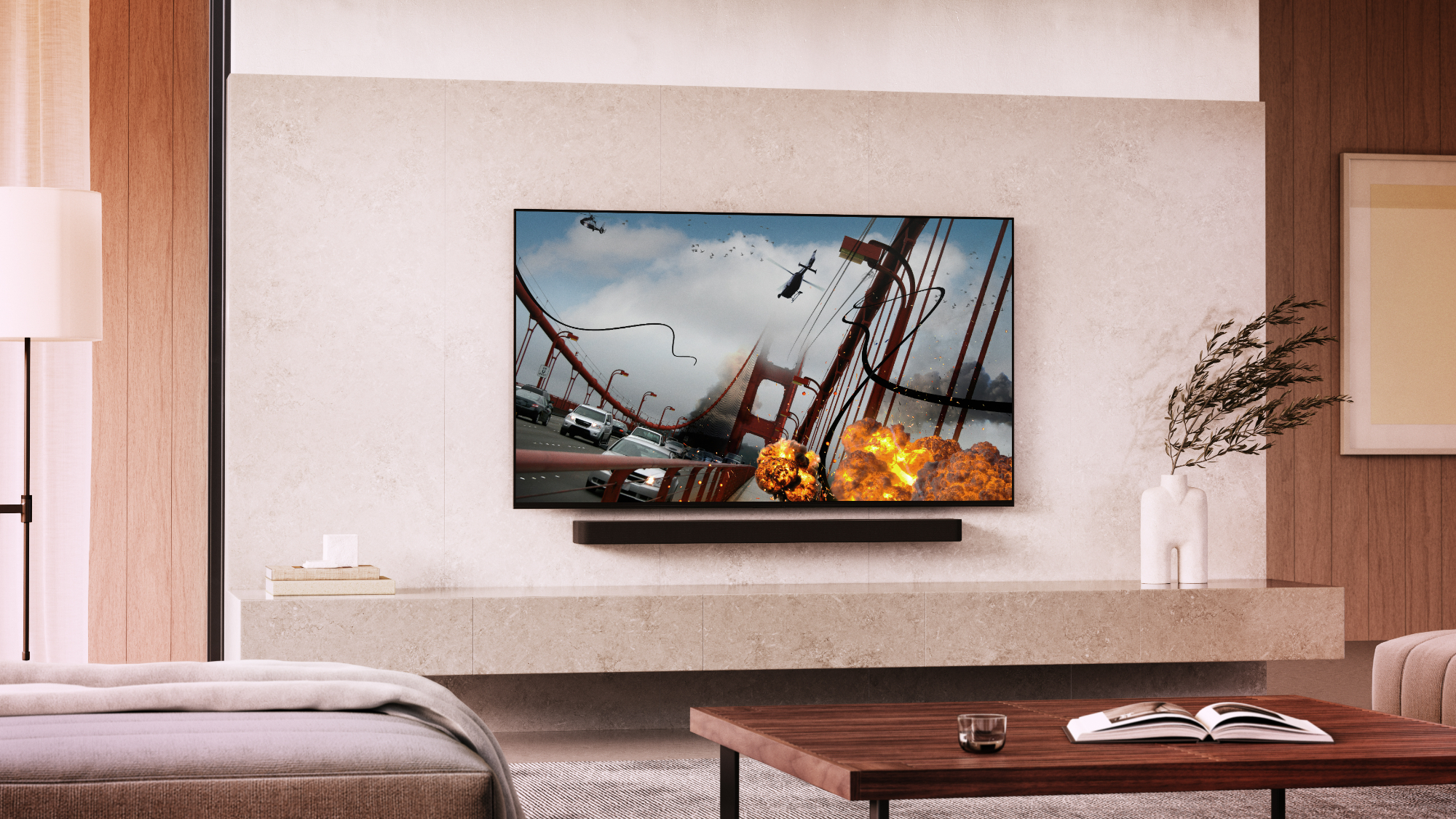
Sony's existing models will stay on sale for another year. That means you will still be able to buy the Bravia 9, Bravia 8, A90K, Bravia 7, X85L and W800.
The new models complement these.
The Bravia 3 launched in the US and Australia last year, but comes to the UK in 2025. It's an LED model that will sit above the W800.
The Bravia 5 Mini LED TV will sit below the Bravia 7 but above the X85L. It replaces the X90L, which was a standard LED TV.
The final new model is the Bravia 8 II QD-OLED TV, which sits above the Bravia 8.
Finally, a replacement for the A95L
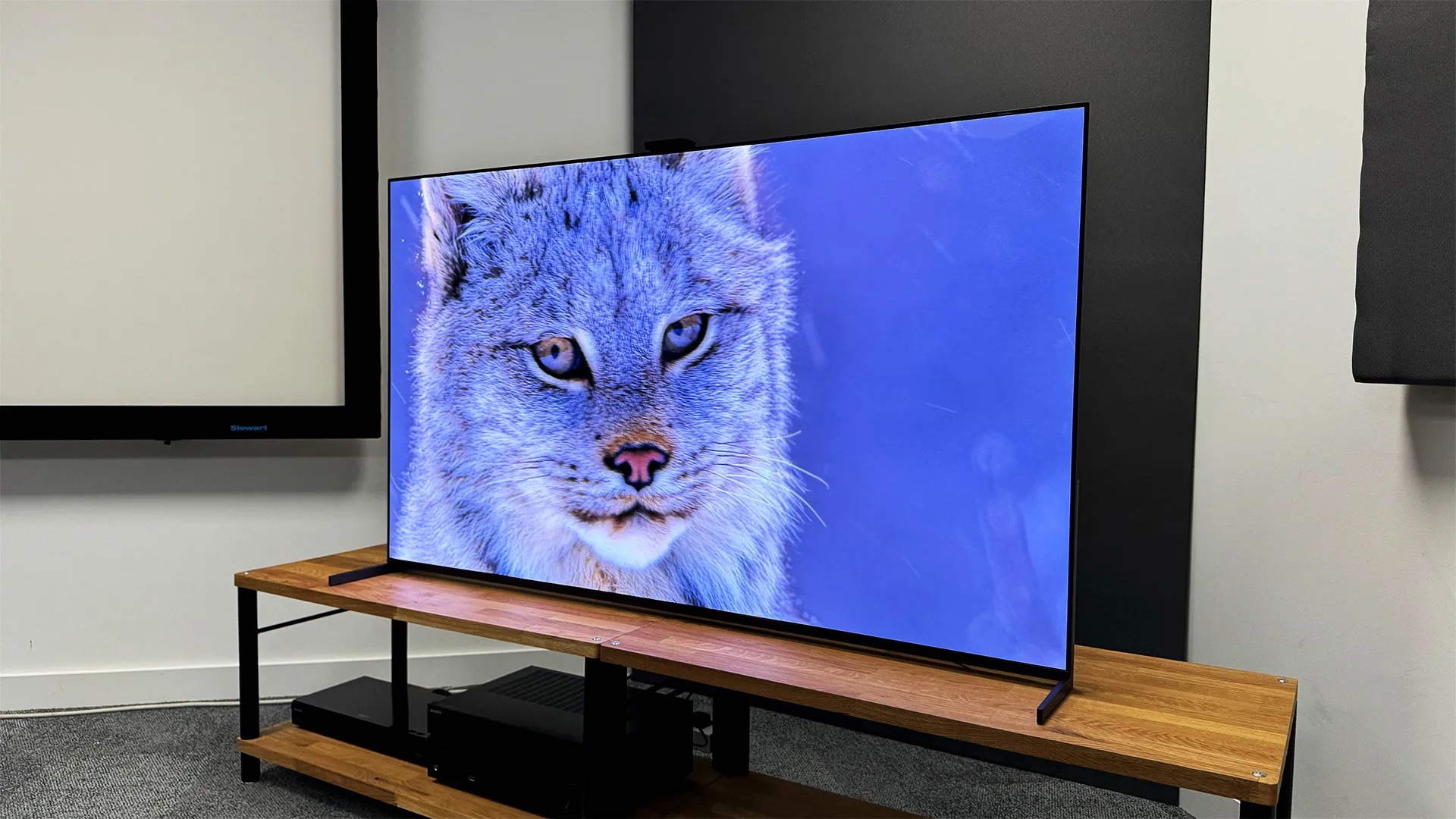
Sony has finally replaced the A95L. This second-generation QD-OLED TV launched in 2023 to rave reviews – we gave it five stars, calling it "very special indeed".
We had expected the new model to be called the Bravia 10, but it's actually the Bravia 8 II.
This promises to be more affordable than the A95L, but with a peak brightness that is 25 per cent higher. It uses the latest generation of QD-OLED panel.
We've already seen this new model in action. Click here to read our Sony Bravia 8 II hands-on.
No new small OLEDs
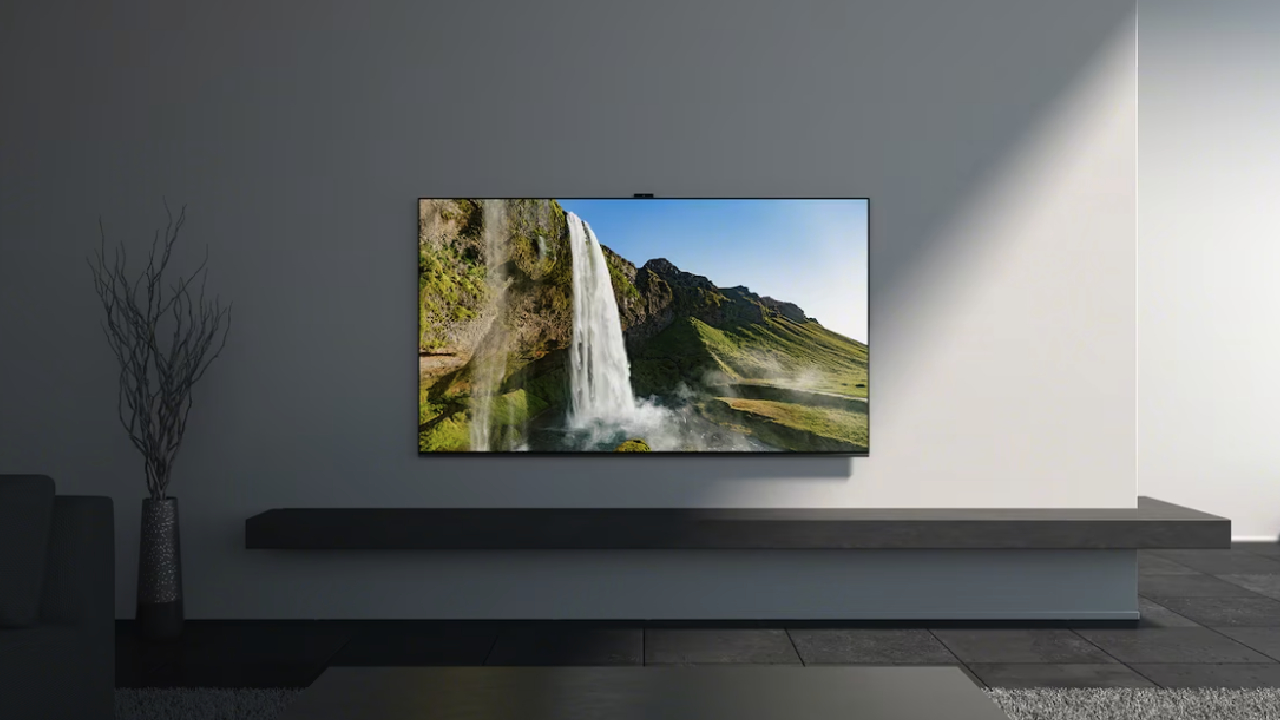
Unfortunately, Sony hasn't launched any new small OLED TVs, which means its only OLED under 55 inches remains the A90K.
It's still a great TV – we called it "exceptionally good" in our five-star review – but given that it launched in 2022, it is getting on a bit, much to the dismay of our TV & AV Editor, Tom Parsons, who has likened the A90K to Mr Meeseeks from Rick and Morty.
It wasn't the brightest OLED TV when we tested it three years ago, and OLEDs have made big strides in this area since then. So next to today's rivals it might look a little drab.
RGB LED, but not until 2026
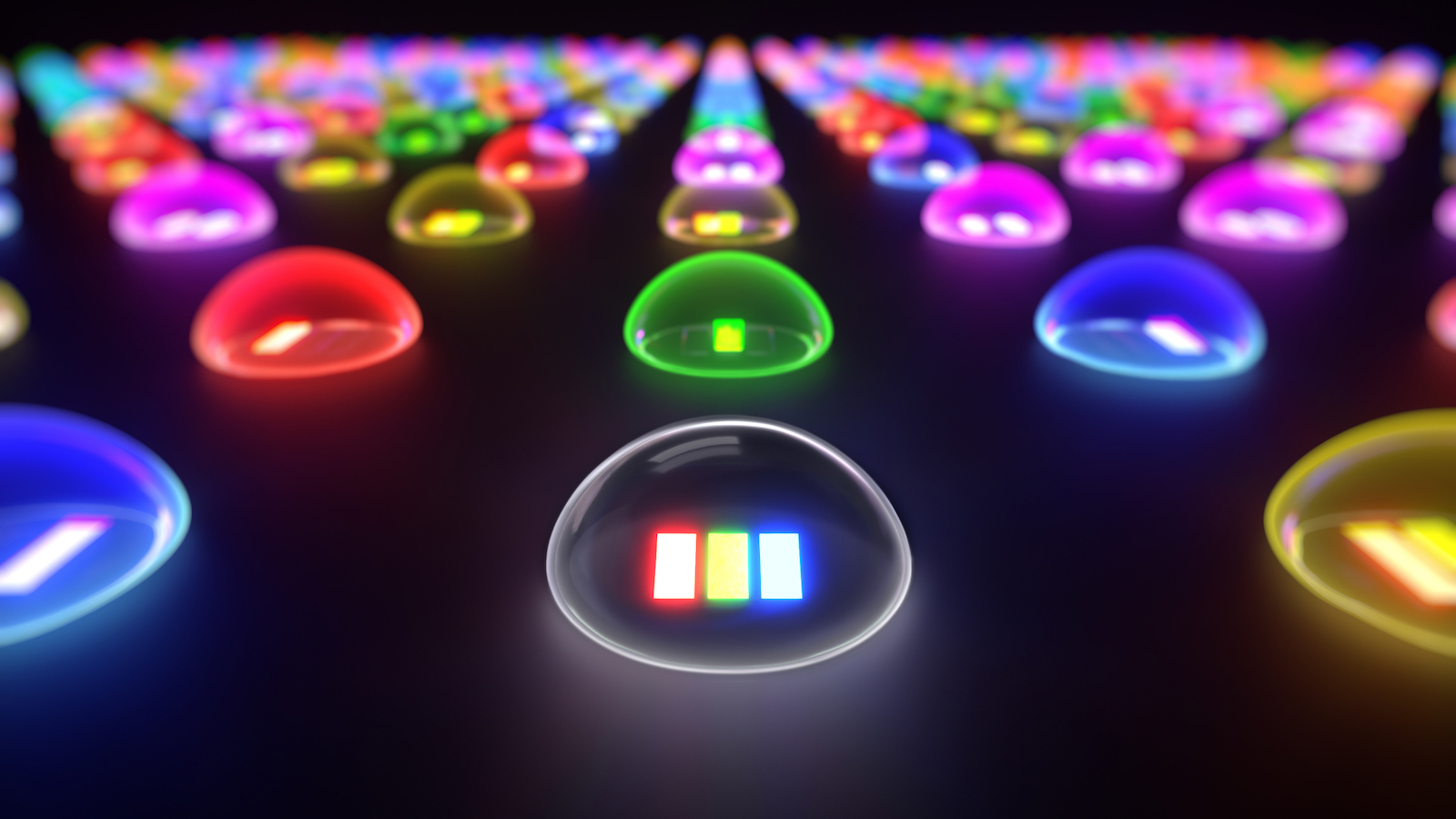
The only brand new TV technology that Sony has announced is RGB LED, but that won't arrive until 2026.
Still, it shows what a landmark technology it could be that Sony feels compelled to talk about it a full 12 months before it is implemented.
We have seen it in person in Sony's Tokyo headquarters – and we're impressed.
Consider it an evolution of Mini LED. It too uses shrunken LEDs grouped into zones that can be brightened or dimmed independently, but its LEDs are coloured rather than white.
With colour coming directly from the backlight, it produces brighter, more accurate colours without the ‘blooming’ issues associated with backlit TVs.
For more information, check out our first impressions of Sony's RGB Mini LED prototype.
- What is Mini LED TV? How does it differ?
Sony 2025 TV range breakdown
That's the broad brush changes explained. Now we'll dig into more detail on each model.
We will also include older Sony models that are staying on sale.
Sony Bravia 9 Mini LED TV (2024)
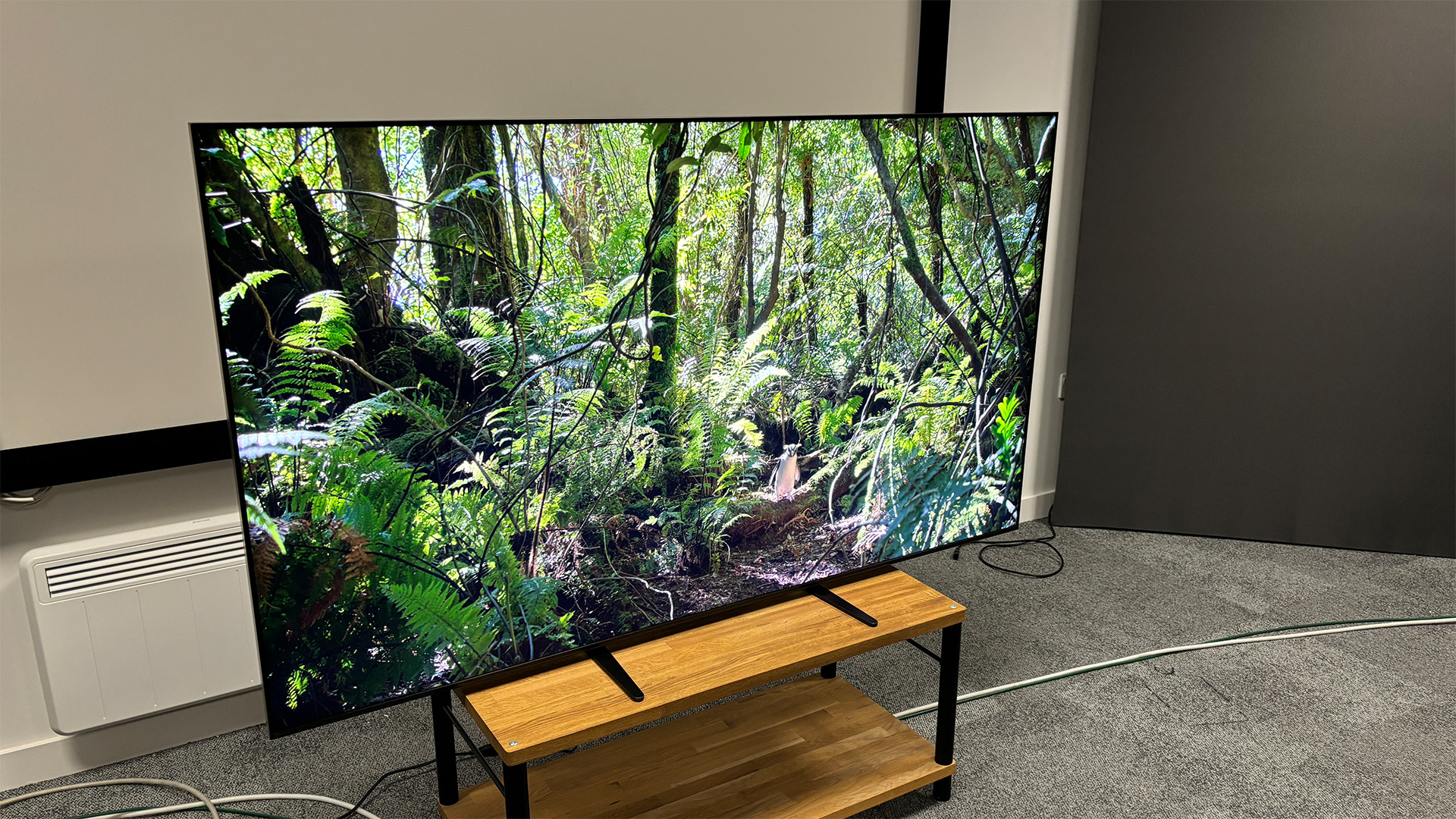
Sony's 2024 flagship model remains for 2025. Its Mini LED panel can go 50 per cent brighter than the X95L it replaced, with three times as many dimming zones.
And it's a very good TV – but not a brilliant one.
Its picture lacks the same solidity of an OLED model, while not exhibiting quite the same degree of 'pop'. The sound is a bit underwhelming, too, and the user interface can be sluggish.
All of which cost it a fifth star.
In terms of specification, we are looking at an advanced LED Acoustic Multi-Audio+ sound system, with a 70W 2.2.2 channel audio.
It includes drivers that vibrate the frame of the TV in order to create sound, which emulates the actuator-based system on Sony's OLED models which instead vibrate the screen itself.
There are four HDMI sockets, but only two are HDMI 2.1 which will be disappointing for hardcore gamers.
Those ports will support 4K/120Hz gaming, VRR and ALLM though – to be expected considering Sony also manufactures the PlayStation 5.
The Bravia 9 also features the Google TV operating system.
Read our Sony Bravia 9 review
| Row 0 - Cell 0 | UK | US | Australia |
65in | £2999 | $3300 | No such model |
75in | £4499 | $4000 | AU$6995 |
85in | £4999 | $5500 | AU$7995 |
- HDMI 2.1 explained: everything you need to know
- What is Google TV? Apps, features, compatible TVs...
Sony Bravia 8 II QD-OLED TV (2025)

A new model for 2025, the Bravia 8 II is Sony's latest flagship OLED TV.
It's a step up from the A95L QD-OLED, which it replaces. The Bravia 8 II sits between the flagship Bravia 9 and lower-tier Bravia 8 from 2024 (see below).
Sony says it has a peak brightness that is 25 per cent higher than the A95L, and 50 per cent higher than the Bravia 8.
It also promises to be more affordable than the A95L.
Coming in 55- and 65-inch sizes, it has a new design, which Sony refers to as the Slim One Slate. This fuses the screen and bezel into a single slate, making for a more consistent and seamless design.
It is also the slimmest of Sony's new TVs – but it's still thicker than rivals such as the Samsung S95F and LG G5.
Under the hood, Sony's XR Processor detects the scene and analyses it in order to optimise the TV's picture performance.
XR Triluminos Max improves the colour accuracy and vibrancy, while XR Contrast Booster enhances the difference between light and dark parts of the picture, creating greater depth.
Sony stresses the Bravia 8 II's wide colour spectrum, and puts a big focus on its dark gradation.
And on the audio side, Sony's excellent Acoustic Surface Audio + tech vibrates sections of the screen to create sound with pinpoint accuracy.
Its system comprises two actuators and two subwoofers (the same as the A95L), which is superior to the 2.1 system of the Bravia 8.
Read our Sony Bravia 8 II hands-on
| Row 0 - Cell 0 | UK | US | Australia |
55in | £2499 | $3499 | AU$TBC |
65in | £2999 | $3999 | AU$TBC |
Sony Bravia 8 OLED TV (2024)
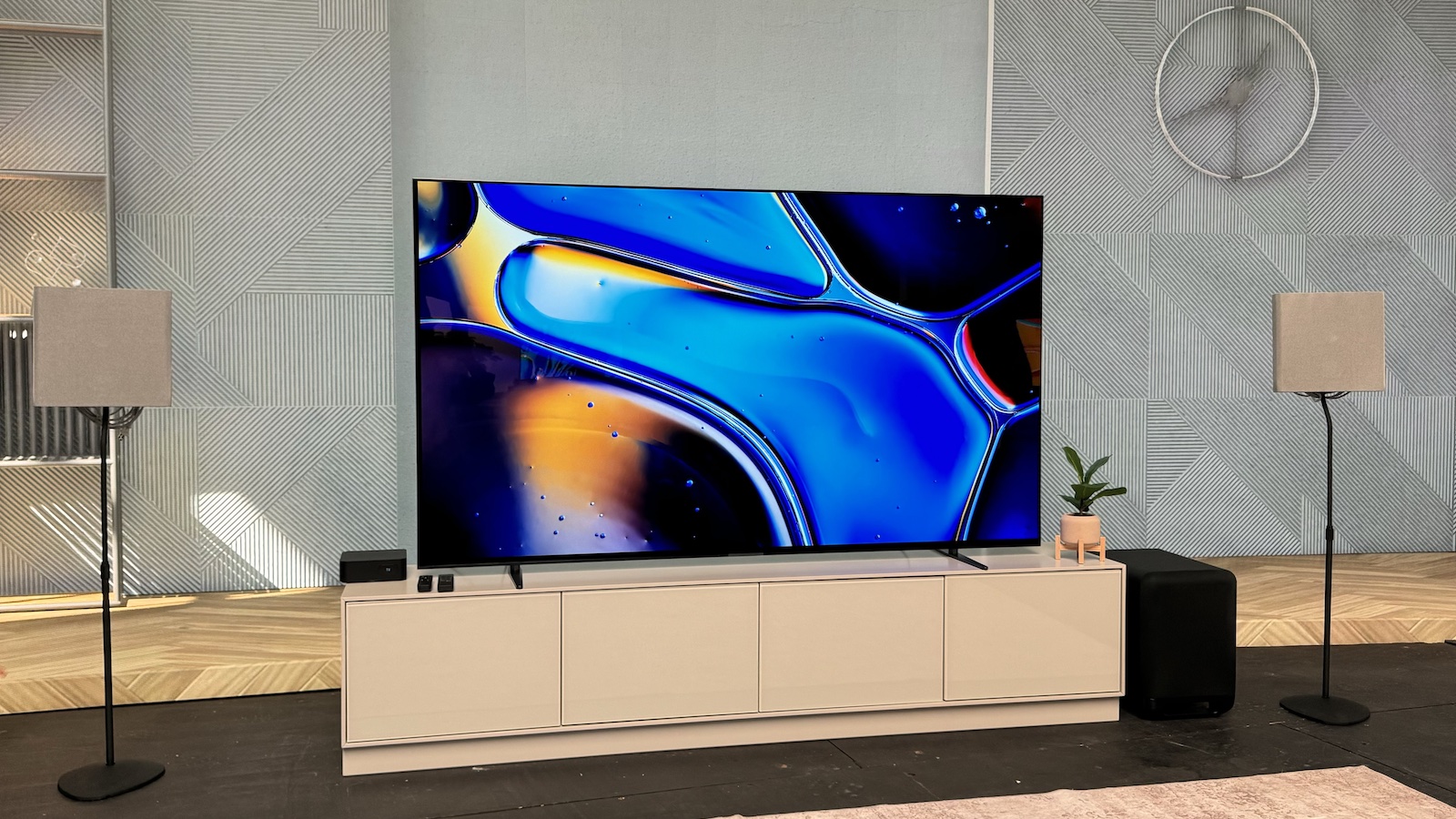
The Bravia 8 remains on sale. Which is good news: it's an Award winner.
It is 10 per cent brighter than its predecessor the A80L, and features the same Bravia XR processor as the Bravia 9.
It also features the OLED Acoustic Surface Audio+ audio system, which vibrates the screen to create a lifelike centralised sound that comes directly from the centre of the screen.
One thing we are glad the Bravia 8 doesn't share with the 9 is the range of available sizes. This OLED set comes in a much more conventional range of screen sizes: 55-, 65- and 77-inch versions.
In our five-star review, we praised the Bravia 8's balanced, immersive picture, sublime motion handling and decent audio (for a TV).
Read our Sony Bravia 8 review
| Row 0 - Cell 0 | UK | US | Australia |
55in | £2199 | $2000 | AU$2995 |
65in | £2699 | $2800 | AU$3995 |
77in | £3999 | $3900 | AU$6995 |
Sony A90K OLED TV (2022)

The Sony A90K launched back in 2022, but that hasn't stopped Sony from squeezing yet another year out of it.
This TV soldiers on in both the 42- and 48-inch sizes.
If you want a small Sony OLED TV, it remains your only choice for 2025.
It's a standard WOLED panel with a 4K resolution and 120Hz refresh rate on both sizes.
Once again there are four HDMI sockets, with two rated to support the full 48GB bandwidth of HDMI 2.1, one of which doubles as HDMI eARC.
Sound is achieved via the Acoustic Surface Audio+ system and we considered it to be a strong, if not game-changing performer in this regard.
What truly won us over with this TV is its excellent picture performance. It bears the usual marks of a Sony OLED TV, including crisp details and deep contrast that results in a stunningly natural image.
While competition from LG in the small OLED TV category is tough, this is still a solid TV, even if it is rather aged at this point.
Read our Sony XR-48A90K review
| Row 0 - Cell 0 | UK | US | Australia |
42in | £1349 | $1300 | AU$1799 |
48in | £1399 | $1400 | Discontinued |
- 4K 120Hz: what is it? Why should you get it?
Sony Bravia 7 Mini LED TV (2024)

The Sony Bravia 7 is another carry-over from 2024.
It has a Mini LED panel with quantum dots – albeit not the same advanced backlight found on the Bravia 9.
It offers a 30 per cent higher brightness and eight times more dimming zones than the X90L.
And it has a similar Acoustic Multi Audio system to the Bravia 9, but without the upward-firing beam tweeters.
It also inherits an identical gaming specification as its more expensive siblings, with two HDMI 2.1 sockets with 4K/120Hz, VRR and ALLM gaming support.
| Row 0 - Cell 0 | UK | US | Australia |
55in | £1899 | $1900 | AU$2935 |
65in | £2199 | $2300 | AU$2875 |
75in | £2799 | $2800 | AU$3775 |
85in | £3499 | $3500 | AU$4295 |
- VRR explained: what is variable refresh rate?
- Everything you need to know about ALLM for gaming
Sony Bravia 5 Mini LED TV (2025)
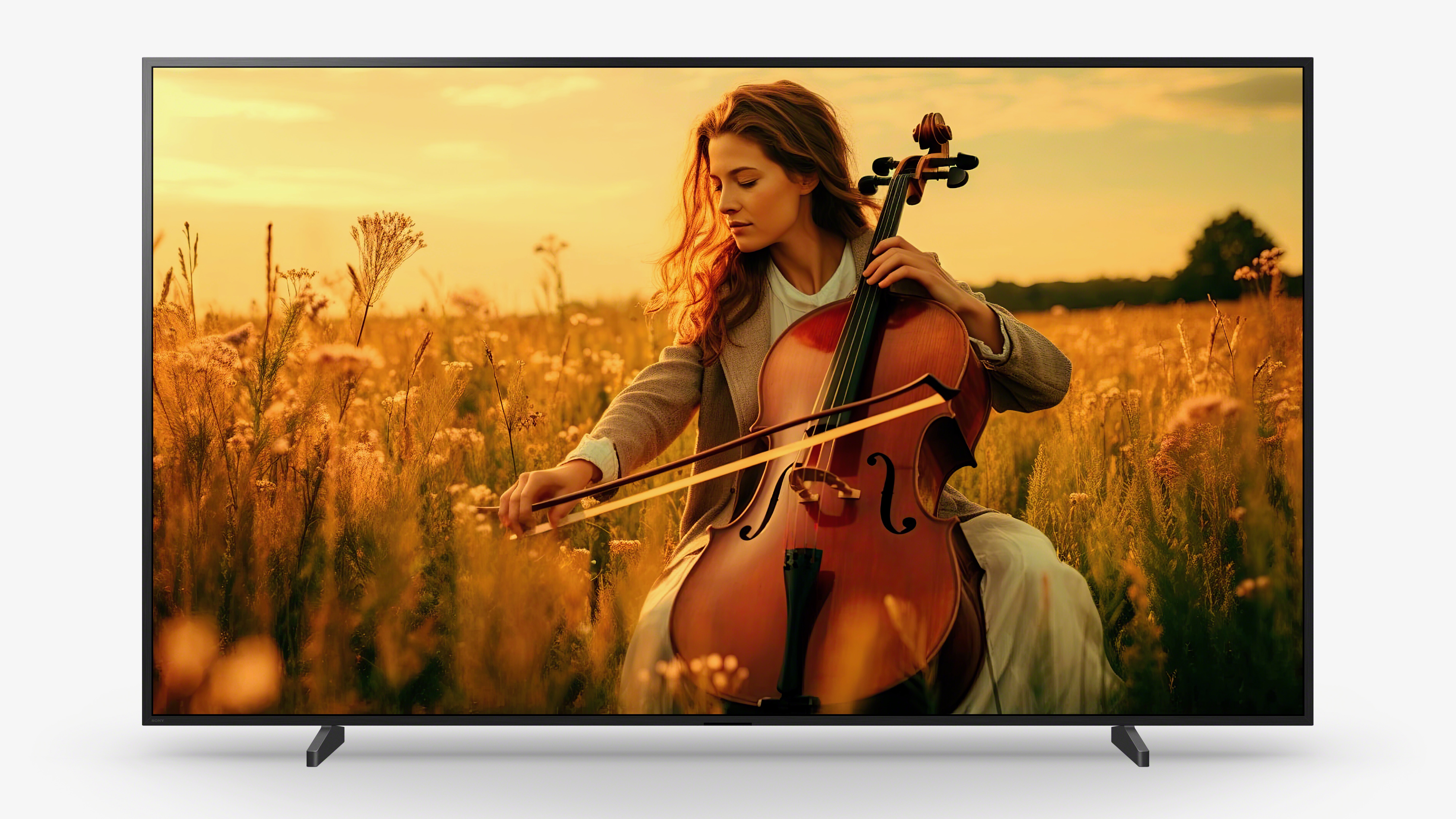
Another new model for 2025, the Bravia 5 takes the place of the X90L.
It's a Mini LED set that offers up to six times the number of dimming zones of the X90L (though it depends on screen size).
It is less bright than the Bravia 7, and has fewer dimming zones than that model.
The XR Processor is once again on board, complete with XR Backlight Master Drive for precision backlighting control. The same core technology is used in Sony's professional monitors.
It will come in five sizes, ranging from 55 inches to 98 inches.
Read our Sony Bravia 5 hands-on
| Row 0 - Cell 0 | UK | US | Australia |
55in | £1499 | $1699 | AU$TBC |
65in | £1799 | $1799 | AU$TBC |
75in | £2199 | $2399 | AU$TBC |
85in | £2799 | $2999 | AU$TBC |
98in | £6999 | $6499 | AU$TBC |
Sony X85L LED TV (2023)
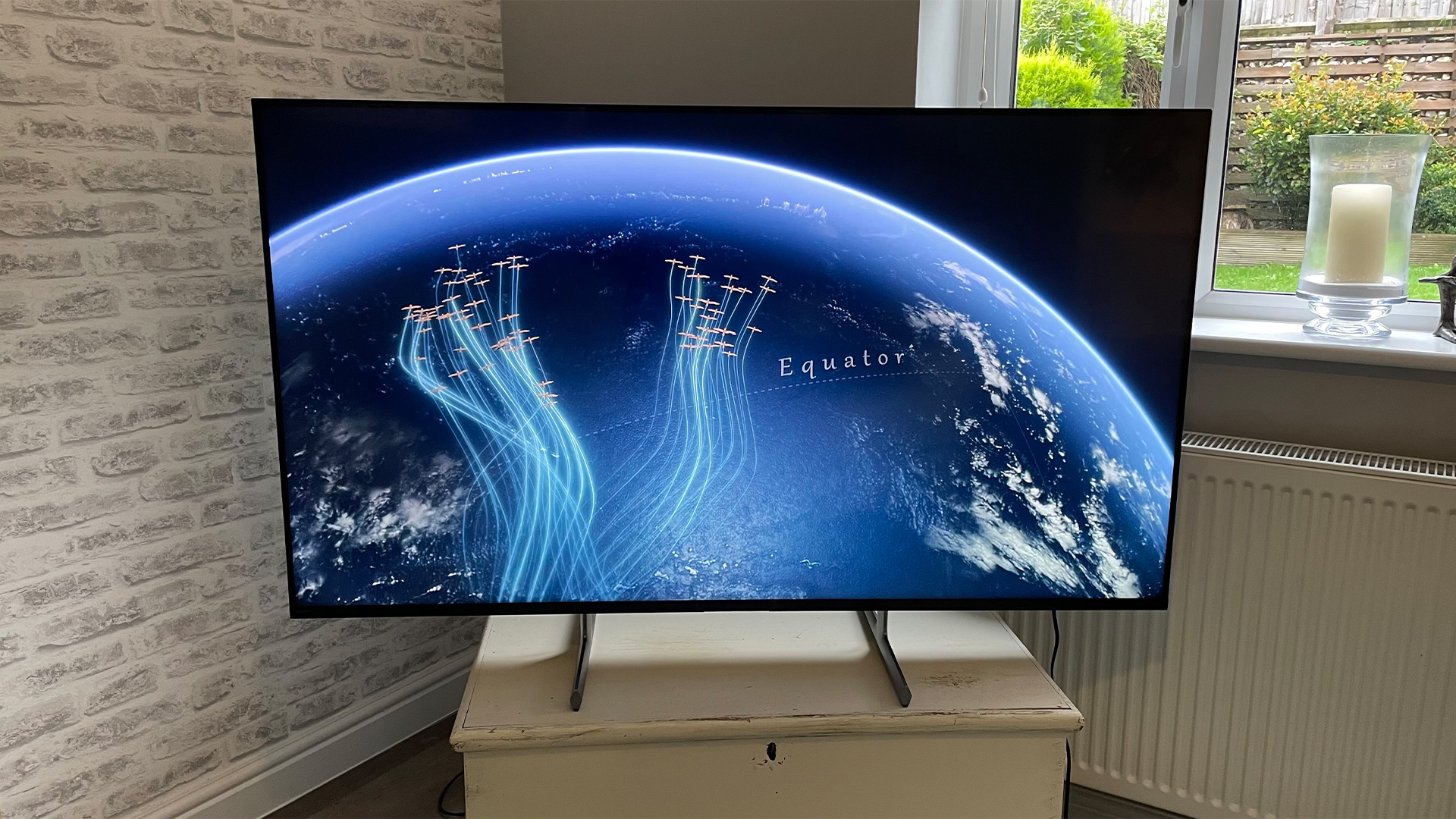
This is a further step down in Sony's backlit lineup and a continuing model from 2023.
It earned five stars from us thanks to its excellent contrast and backlight control, balanced colours and excellent motion handling.
It's a winner in the picture category, despite the fact it uses a full-array LED backlight. It does feature local dimming which accounts for the enhanced contrast and HDR performance.
We find that the X85L plays it too safe with sound at times, but we appreciate that it knows its limitations to avoid distortion. It sounds clear, detailed and fairly well-refined for built-in TV speakers, although we wish it had a touch more bass.
That all being said, we find it to be a solid performer by TV-sound standards.
The X85L is also specified very similarly to the other TVs on this list, with two HDMI 2.1 sockets for 4K/120Hz gaming with VRR and ALLM. It also supports Dolby Vision HDR and Dolby Atmos immersive audio over HDMI eARC.
Read our full Sony XR-55X85L review
| Row 0 - Cell 0 | UK | US | Australia |
55in | £999 | Discontinued | AU$1471 |
65in | £1099 | Discontinued | AU$1773 |
75in | £1499 | Discontinued | AU$3799 |
- Dolby Atmos: what is it? How can you get it?
Sony Bravia 3 LED TV (2025)
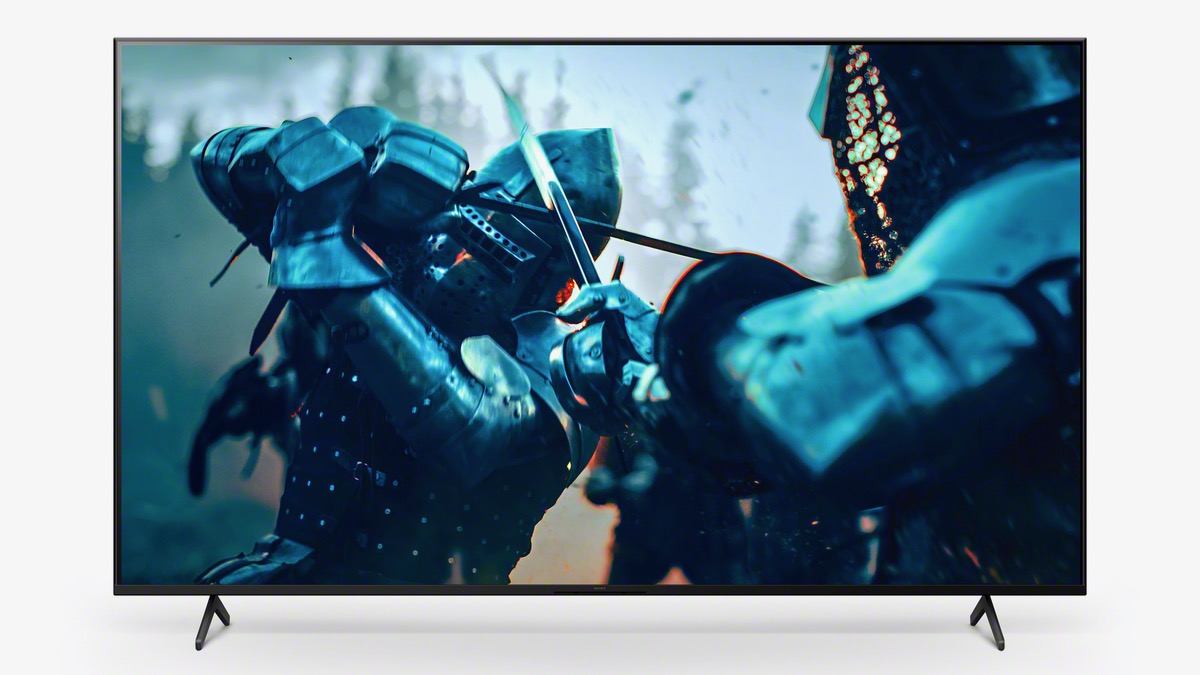
This LED model spans sizes from 43 to 85 inches. It's new for the UK in 2025, but launched in the US and Australia last year.
It takes the place of the X75WL, and offers 4K upscaling, Sony's Triluminos Pro tech, and audio courtesy of Dolby Atmos and DTS:X.
The Google TV operating system brings all the streaming apps you would expect, and PS Remote Play makes it ideal as a bedroom TV.
But as its panel is only 60Hz, and its HDMI sockets are only 2.0 certified (not 2.1), your games won't look or feel their best.
This also means it carries the basic ARC standard, and not the more advanced eARC; so audio quality over HDMI may not be as crisp as the other sets on this list.
| Row 0 - Cell 0 | UK | US | Australia |
43in | £699 | $600 | AU$864 |
50in | £799 | $700 | AU$954 |
55in | £999 | $850 | AU$1144 |
65in | £1299 | $1000 | AU$1464 |
75in | £1599 | $1300 | AU$1935 |
85in | £1999 | $1800 | AU$2850 |
- HDMI 2.1 explained: features, specification and more
- HDMI ARC and eARC: what's the difference? Why does it matter?
Sony W800 LED TV (2021)
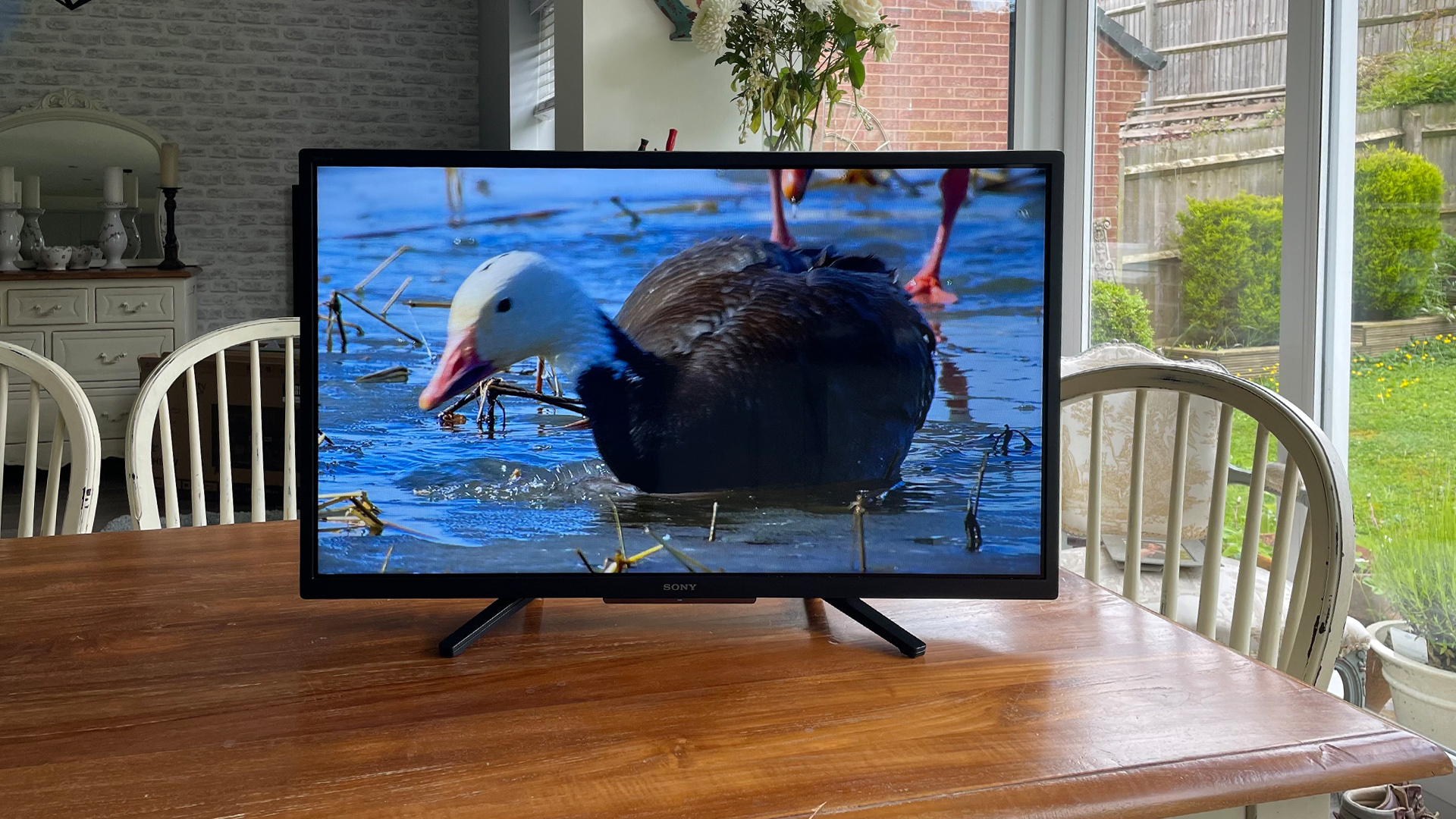
This 32-incher is ancient. A mainstay of the Sony lineup since 2021, it's basically part of the Sony furniture.
It is the smallest TV in Sony's current lineup, and offers comparatively little in the way of features.
You get HDR support (HDR10 and HLG only), a 60Hz refresh rate and the Android TV operating system. But not much else.
It is currently not sold in the US or Australia.
Read our Sony W800 review
| Row 0 - Cell 0 | UK | US | Australia |
32in | £299 | $N/A | AU$N/A |
MORE:
Check out the full LG 2025 TV lineup
Should you buy a Hisense TV in 2025? Find out here
And our pick of the best TVs
Get the What Hi-Fi? Newsletter
The latest hi-fi, home cinema and tech news, reviews, buying advice and deals, direct to your inbox.
Joe has been writing about tech for 20 years, first on staff at T3 magazine, then in a freelance capacity for Stuff, The Sunday Times Travel Magazine (now defunct), Men's Health, GQ, The Mirror, Trusted Reviews, TechRadar and many more. His specialities include all things mobile, headphones and speakers that he can't justifying spending money on.
You must confirm your public display name before commenting
Please logout and then login again, you will then be prompted to enter your display name.

